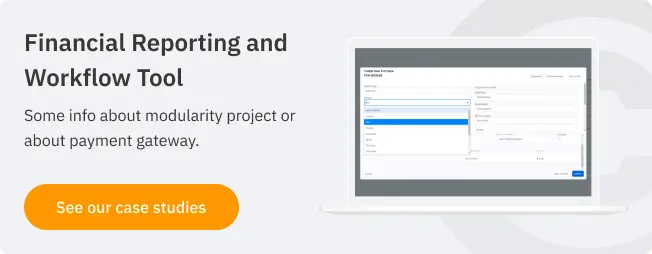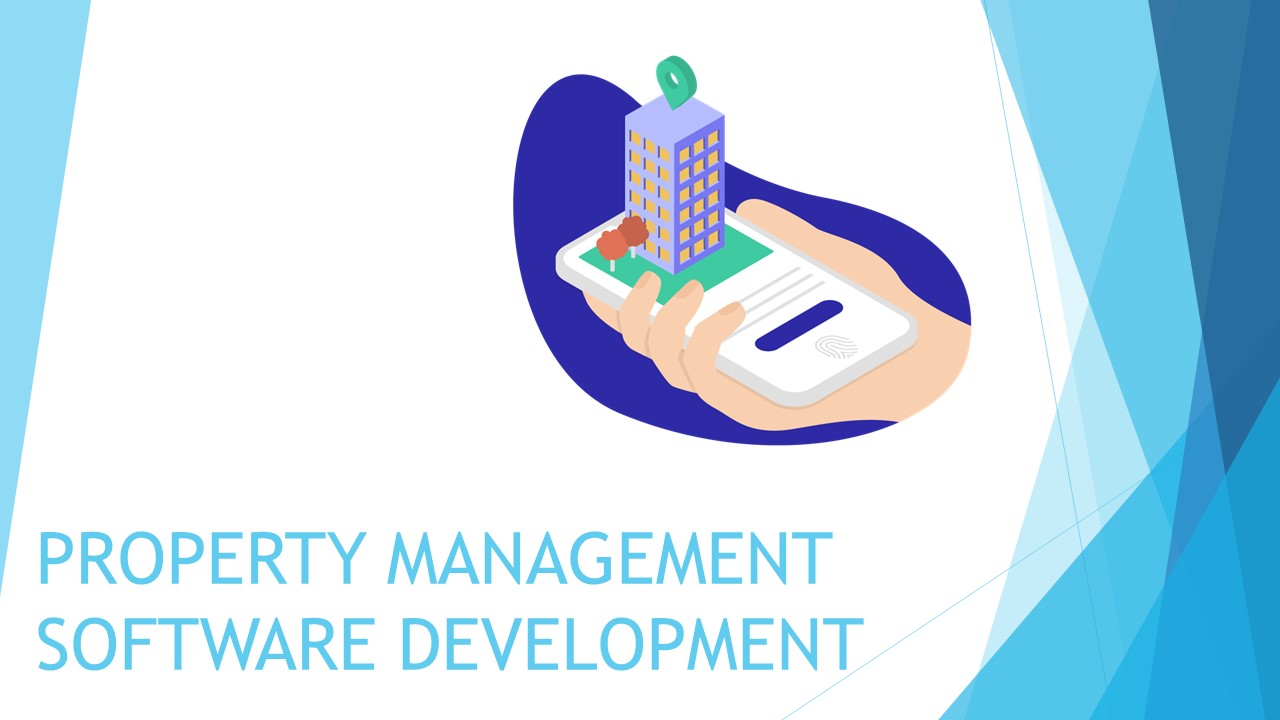Сustomers’ fears and risks in software development
The customer can be an important participant in the process of software development, who checks each step and iteration or just acts as an idea inspirer. To the common eye, different clients of the IT companies may need only business-oriented solutions and have the same aim that is related to receiving a flawless product, namely, application, website, UI design, etc. But in fact, customers have a different attitude to the process of software development. Therefore, their fears and risks related to software development are not the same. Let’s consider the main items that make customers feel anxious.


Fear & Risk №1: the low quality of the work
Non-technical customers who don’t have any technical background in software development worry about the low quality of the work. In such a case they are waiting that the development team will present a ready-made solution without the possibility to change anything globally. They are wrong because any project includes lots of stages and the customer has the opportunity to make adjustments on any stage.
To enhance the quality of the work customer should subject to the following recommendations:
1. Find a reliable company that is ready to show examples of the high-quality work and inform about peculiarities of the implementation.
2. Explain his foresight. It makes the process of implementation easier and more predictable. Such foresight can be documented and may include several mandatory items. The main among them are:
- Customers’ needs and wills. What is the main aim of making a product? What problems do you want to solve, thanks to software development?
- Details about business. They include the sphere of activity, services and products that are provided by the company, achievements, and failures.
- Expectations from software, desirable product’s features profits that can be received after implementation.
Fear & Risk №2: unsustainable waste of money
As usual, the customer tries to control the budget as a rough supervisor. Note that software development isn’t connected to a waste of money if the customer has a worthwhile idea and enough patience to find a reliable company that can implement it. In such a case the client of the software development company should just be focused and attentive, look over the spending, but don’t try to find a catch where it doesn’t exist. Otherwise, the client will run himself into the ground.
Also, it’s a good idea to think about offshore development to save up the budget. One of the most cost-effective decisions is to fire the offshore team. There are a lot of worthwhile developers that can implement even exquisite products for a small price in Ukraine, Poland, Belorussia, Pakistan, and other countries in Europe and South-east Asia. Quality and prices may differ, but the recruitment of the reputable team here helps to save up to 60% of the budget.
The customer must contact a few companies and ask them about the realization of the idea to compare different propositions and financial costs. Depending on how detailed the response was, the decision about selection of the company should be made. Such an approach is optimal because it shows the level of transparency that can be expected in case of collaboration with the company in the future.
It is noteworthy that there are a few approaches to accurately estimate costs for the project and avoid financial risks in software development:
1. The first one is the estimation of the time. After the customer has evaluated the time that developers need to implement a project with particular functionality it’s possible to make some calculations and find out the budget. To realize how much time the project will take customers need to speak with an external or an internal development team.
2. The second one is to predict the profit that an application or other web product can bring. In this case the level of profit must be measured in money. After that, the customer can determine reasonable costs for development. If you choose an agile management methodology for the project, it’s possible to iterate an application as long as it matches the budget.
3. The last one is to compare the product with those that have been already developed. This can be made only if the customer and developers have enough experience. Otherwise, it will be just a shot in the dark.
If the project implementation is too expensive, the customer can reduce scope and complexity or find another team.
Fear & Risk №3: no possibility to use the product without support
As a consequence, customers, who are afraid that the development team will disappear after implementation, try to find a ready-made solution. But such a solution won’t fully meet their requirements. It should be further developed for normal work in the given conditions which carries the same risks as the development of software from scratch. There is no need to be hectic and worry about this moment because this risk can be avoided if the client signs a contract with the development company. The agreement must set basic conditions under which implementation and further actions are to take place. Rigorous customers might require documentation for users and administrators, open-source code, training of personnel, or any other things that can prevent problems with support in the future.

Fear & Risk №4: a repeat of the previous bitter experience
The best results are achievable when the customer has enough experience to control business needs and understand operational peculiarities and constraints of the project. But to gain the experience they need time and cooperation with other companies. After unsuccessful collaboration, they may distrust software development companies. To persuade them to make a new attempt the company may look reliable and propose something interesting or profitable. Such guarantees as money-back or free testing of a similar product encourages customers to choose certain software developers. If the client isn’t sure, there is no need to move it too fast. Brilliant examples of the work and efficient solutions can convince them.
Another argument that might tip the scales is the level of expertise of those who work in the software development company, from managers to developers, testers, and designers. The powerful team proves that the customer pays the reasonable price for the product, deals with professionals and that there is a powerful well-organized team behind the scenes.
Fear & Risk №5: false information that is received from third parties
Competitors or any other person, whom the customer admires, can provide him the false information about the software company. In such a situation a potential client comes up against an obstacle. He can’t fully trust because of the fear of making mistakes. The representative of the software company should persuade the customer that their product will be good enough and solutions will be fruitful – better than the third-party can offer. References of past clients, as usual, are among the main decisive factors in this situation. Also, a literate manager is able to give potential customer reasons which show that the product of the company is unique and valuable.

Fear & Risk №6: nobody does the same in our niche or region
Nowadays lots of companies, even such giants as Uber, Dropbox and Airbnb, work with MVP. This abbreviation stands for a minimum viable product. MVP is used for testing different ideas in software development with minimal costs. Some customers are afraid of such an approach. They think that it is useful only for startups. To reassure them, managers should show successful examples of the MVP that had been received during previous researches. There are a lot of niches in which MVP has proved its effectiveness – from e-commerce-products to projects that are connected to the neural network.
Sometimes customers can be afraid that nobody does the same in the niche or region. To understand whether it’s justified, a lot of factors must be taken into account:
- Current situation and trends of the market.
- Evaluate business needs.
- Optimal logic for application or other products.
Fear & Risk №7: a lot of things that are not understandable
Of course, most clients do not understand anything in software development. They haven’t ever heard about sprint, Agile methodology, layout, and mandatory testing. Lots of technical terms may be unfamiliar. For example, hosting, API, server, front-end, and bug. These unfamiliar words make the customer feel a little uncomfortable. The software development team, manager, and tech-lead should explain everything without any complicated terminology, taking into account the level of the customer’s expertise. There are few tips that can help the client to understand if the team works in the right direction. The customer should ask basic questions:
- Do you conduct tests?
- Are there any pull requests?
- Do you envisage any unit-tests for the code?
Fear & Risk №8: deadlines will be missed
Is it justified? Let’s be honest. It’s quite possible for any sphere where the customer receives services. Software development is a multi-stage, labor-intensive, creative, and intellectual process. Therefore, sometimes a few tasks take more time than it was planned. But if any company always misses deadlines, especially, when it happens without any alignment, that’s another cause to refuse to cooperate. The firm that cares about reputation never allows such a situation because it has a direct impact on the company’s reputation. To avoid problems with deadlines, the manager divides the general volume of the work into little sprints. It enables the achievement of aims – step by step, without any serious problems that are related to deadlines.
Fear & Risk №9: the team won’t be on the same page with me
Problems with communication, different visions of the final result, and misunderstanding often become a serious obstacle for customers by which they do not work with a software development company. The client must understand that engineers do not think about business needs. It’s the prerogative of the project manager and the business analyst. The main are first stages when the team analyzes the business, optimal scope, reliable solutions, and deadlines. If the customer thinks that something is going wrong, this must be told at the first stage. It’s the right time to make adjustments or refuse to cooperate with the company.
Fear & Risk №10: the idea will be stolen
Lots of customers are looking for a software development team that is able to build something unique. They are afraid that the idea will be stolen before the implementation. A literate manager knows what arguments will persuade the customer. Perhaps, it’s possible to show examples of successful apps or other products that were developed.

Also, a software company must inspire confidence among clients. The average customer wants to have guarantees of quality work, qualified assistance on each step – from choosing a hosting to integration of the payment system.
If you don’t want to face risks in software development and look for a reliable company, CyberCraft at your service!




